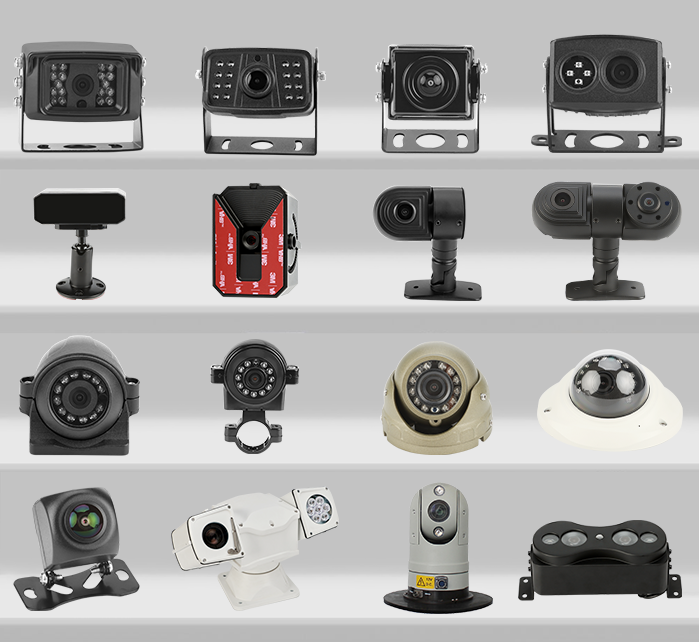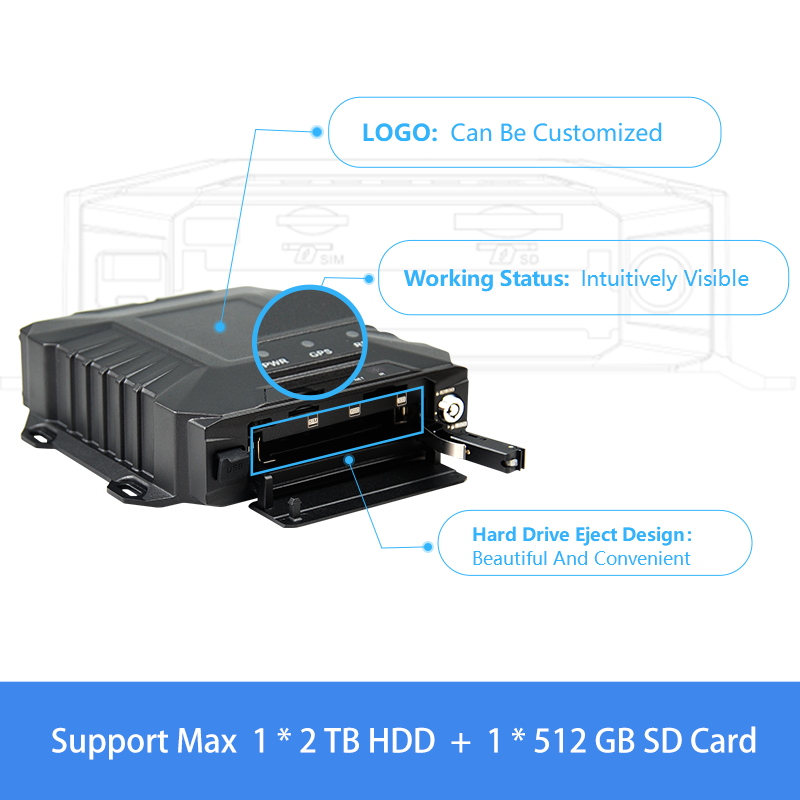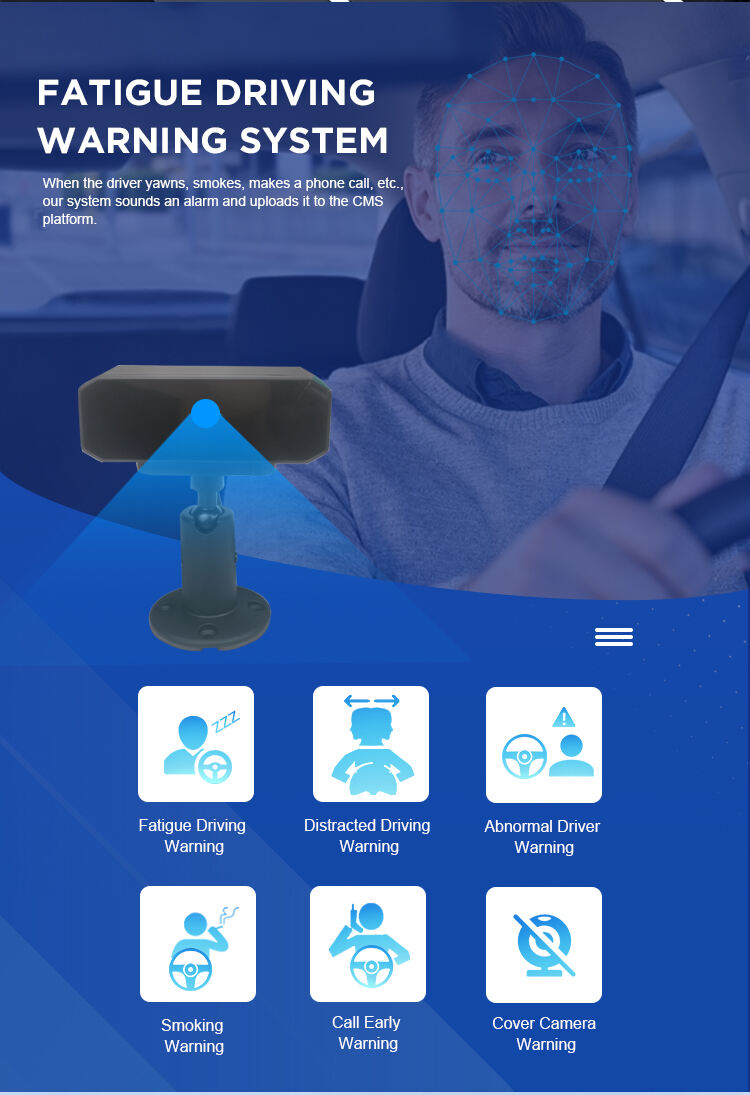commercial vehicle reversing cameras
Commercial vehicle reversing cameras represent a critical safety technology designed to enhance visibility and prevent accidents during reverse maneuvers. These sophisticated systems typically consist of high-definition cameras mounted at the rear of commercial vehicles, connected to a clear display monitor in the driver's cabin. The cameras provide real-time video feed with wide-angle views, enabling drivers to see obstacles, pedestrians, and potential hazards that might otherwise remain hidden in blind spots. Modern systems often feature night vision capabilities, ensuring optimal functionality in low-light conditions. Many advanced models incorporate intelligent features such as distance markers, which help drivers gauge the space between their vehicle and obstacles. The cameras are built to withstand harsh environmental conditions, featuring waterproof housings and robust construction suitable for commercial applications. Integration capabilities allow these systems to work seamlessly with other safety technologies, such as parking sensors and collision warning systems. The technology has become increasingly important for fleet management, helping companies improve safety records and reduce accident-related costs.


